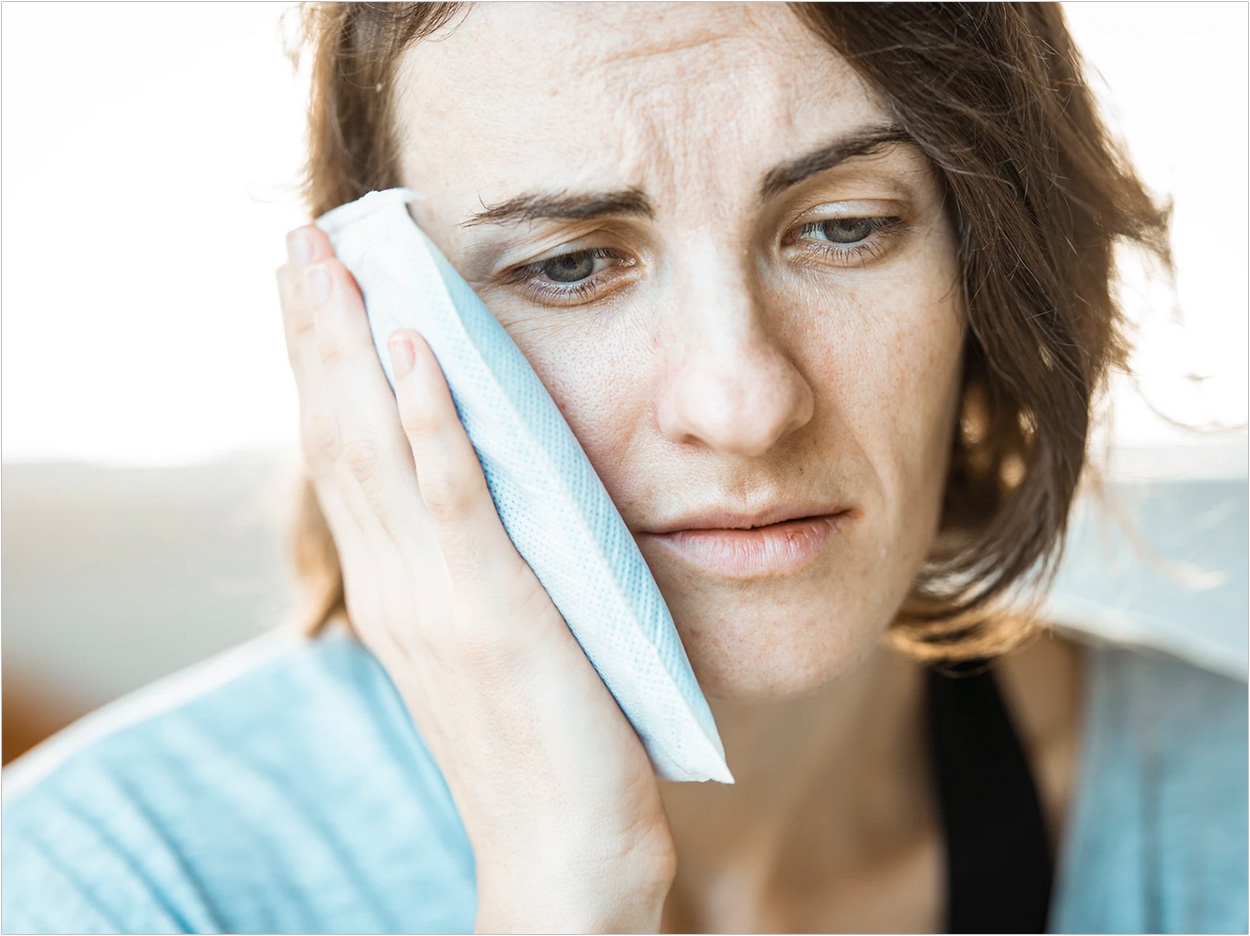
The stress and anxiety experienced by the general population during Israel’s first lockdown brought about a significant rise in orofacial and jaw pain, as well as jaw-clenching during the day and teeth grinding at night, according to Tel Aviv University (TAU) and the University of Wroclaw in Poland.
Also, women suffered more from these symptoms than men, and patients between the ages of 35 and 55 suffered the most, said the researchers.
These results reflect the distress that the middle generation feels, quarantined at home with young children while also worrying about their elderly parents, facing financial problems, and working from home, the researchers said.
The study examined questionnaires that assessed the presence and possible worsening of these symptoms in the general population during the first COVID-19 lockdown, due to the national emergency and rise in anxiety levels. The questionnaire was answered by 1,800 respondents in Israel and Poland.
During Israel’s first lockdown, the general population exhibited a considerable rise in orofacial pain, as well as jaw-clenching in the daytime and teeth grinding at night, physical symptoms often caused by stress and anxiety.
The prevalence of symptoms rose from about 35% pre-pandemic to 47%. The prevalence of jaw-clenching in the daytime rose from about 17% to 32%. Teeth grinding at night rose from about 10% to 36%.
People who had suffered from these symptoms before the pandemic exhibited a rise of about 15% in their severity. Altogether, a rise of 10% to 25% was recorded in these symptoms, which often reflect emotional stress, the researchers said.
Also, the probability of temporomandibular disorders and bruxism was much higher among respondents in Poland than in Israel.
The study, “Temporomandibular Disorders and Bruxism Outbreak as a Possible Factor of Orofacial Pain Worsening During the COVID-19 Pandemic—Concomitant Research in Two Countries,” was published by the Journal of Clinical Medicine.
Related Articles
Cracked Teeth Are Worth Saving: A Look at New Management Protocols and Outcomes
Endodontic Emergencies Peak During COVID-19 Outbreak
How the FDA’s New Recommendations for Dental Amalgam Affect Your Practice












